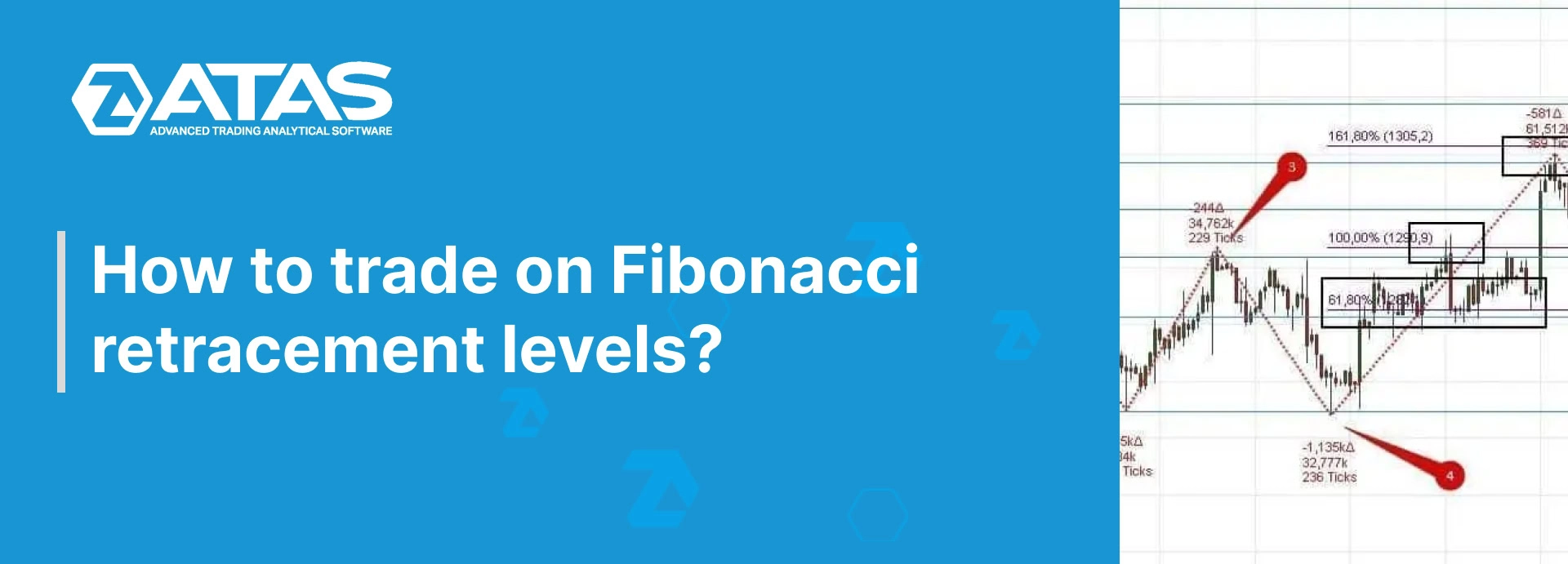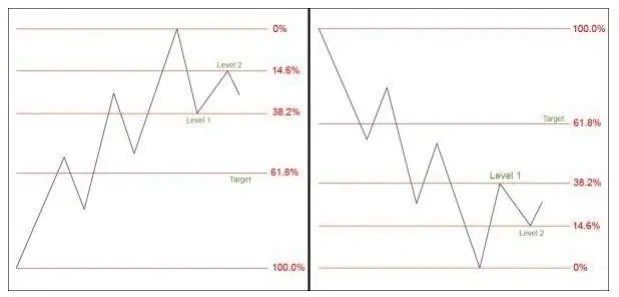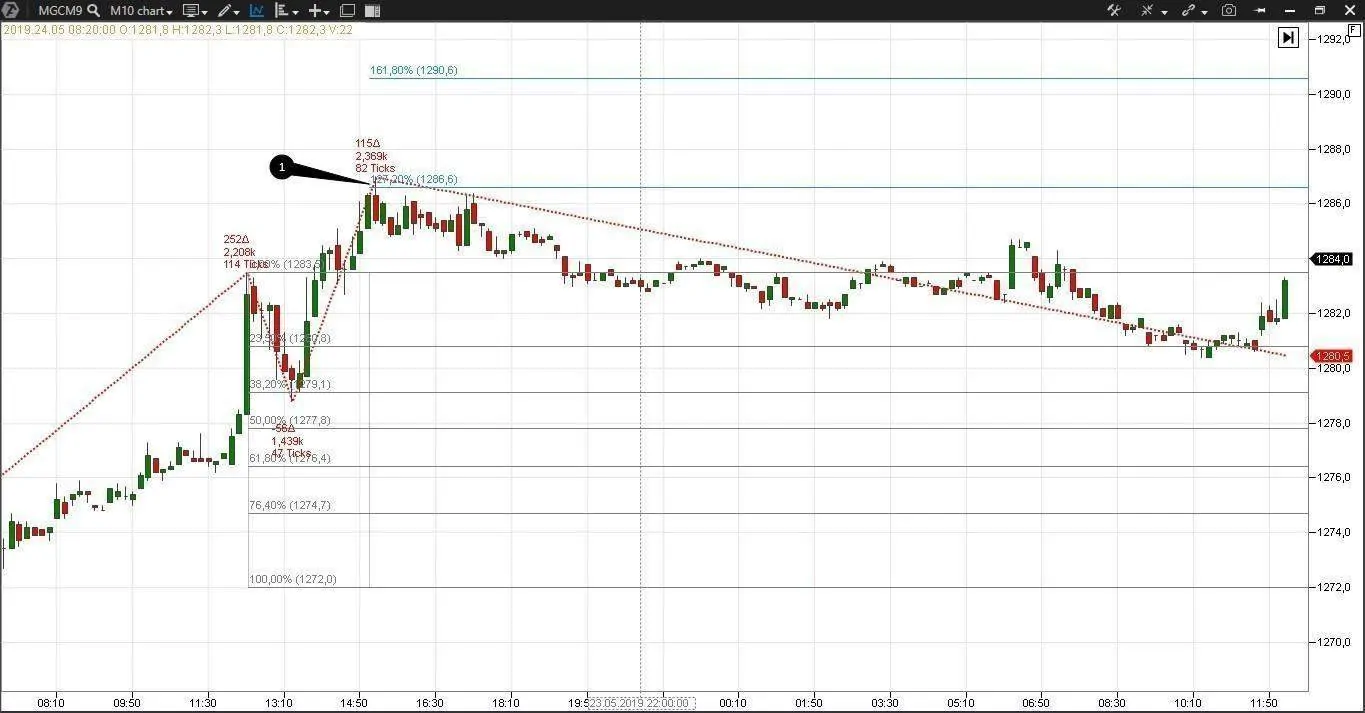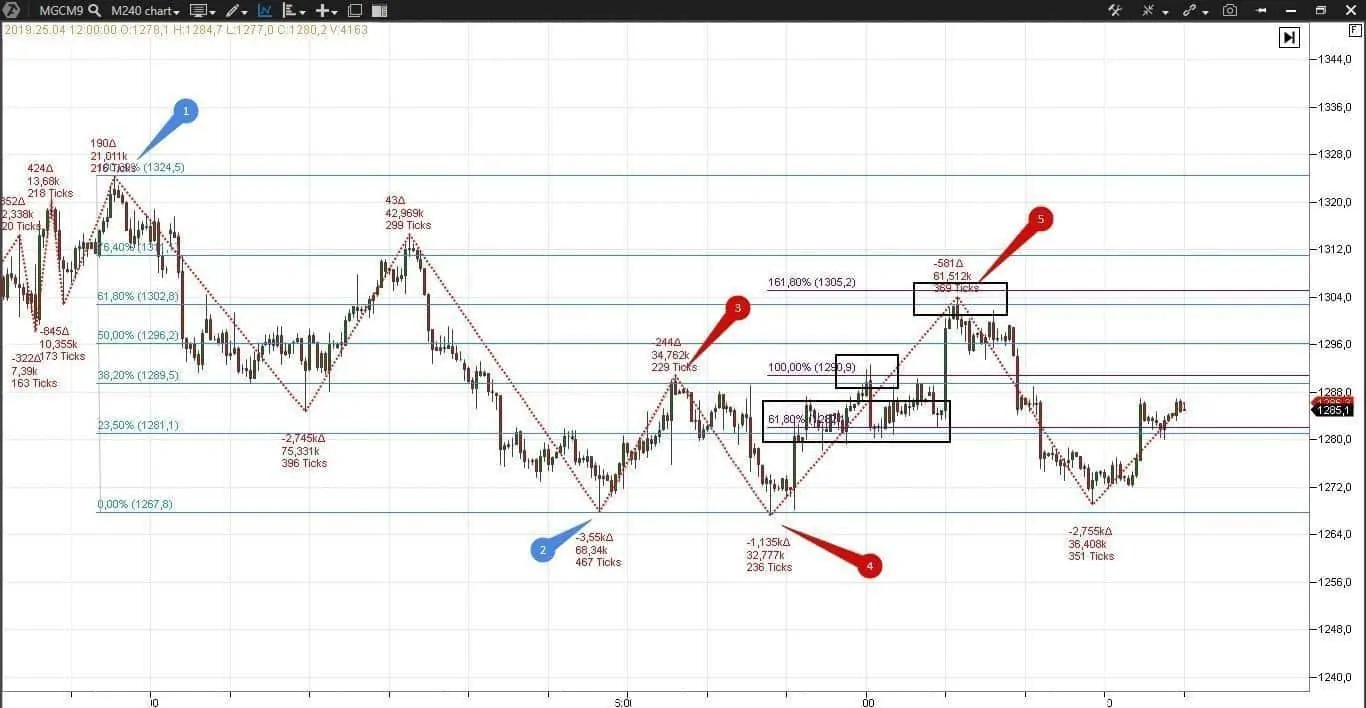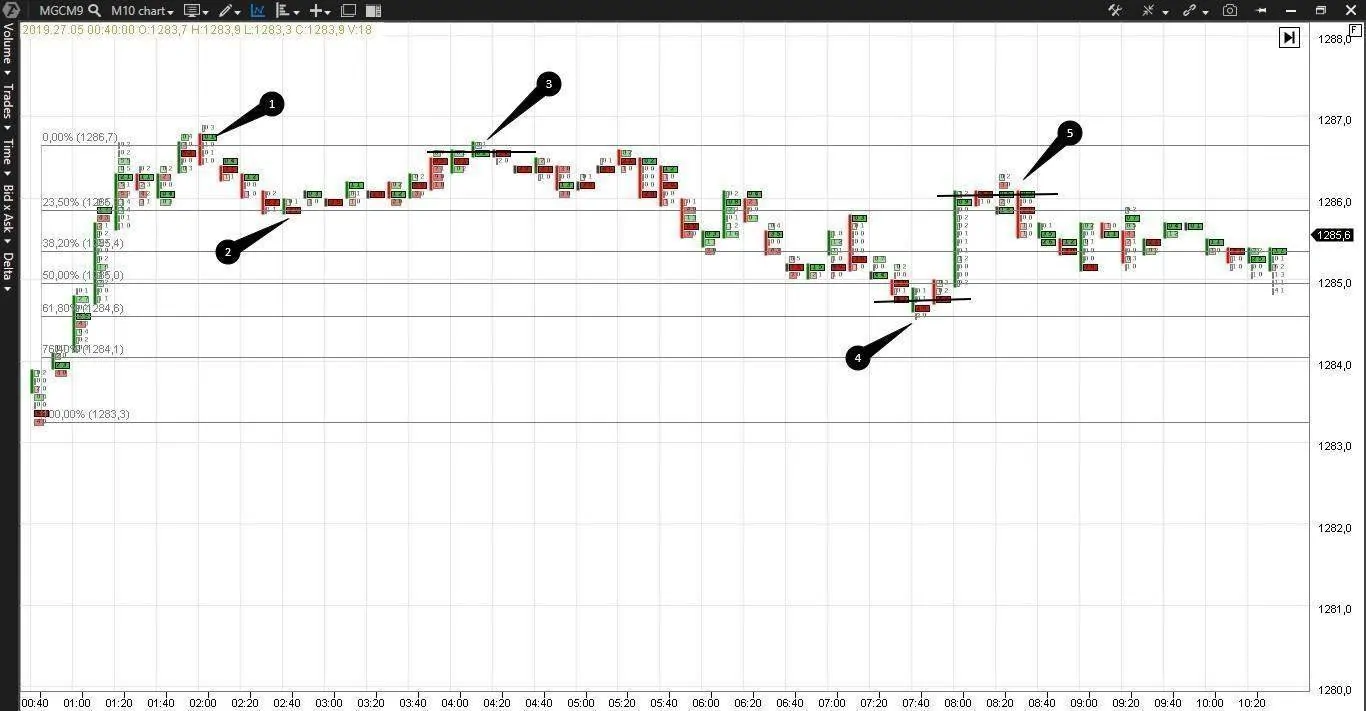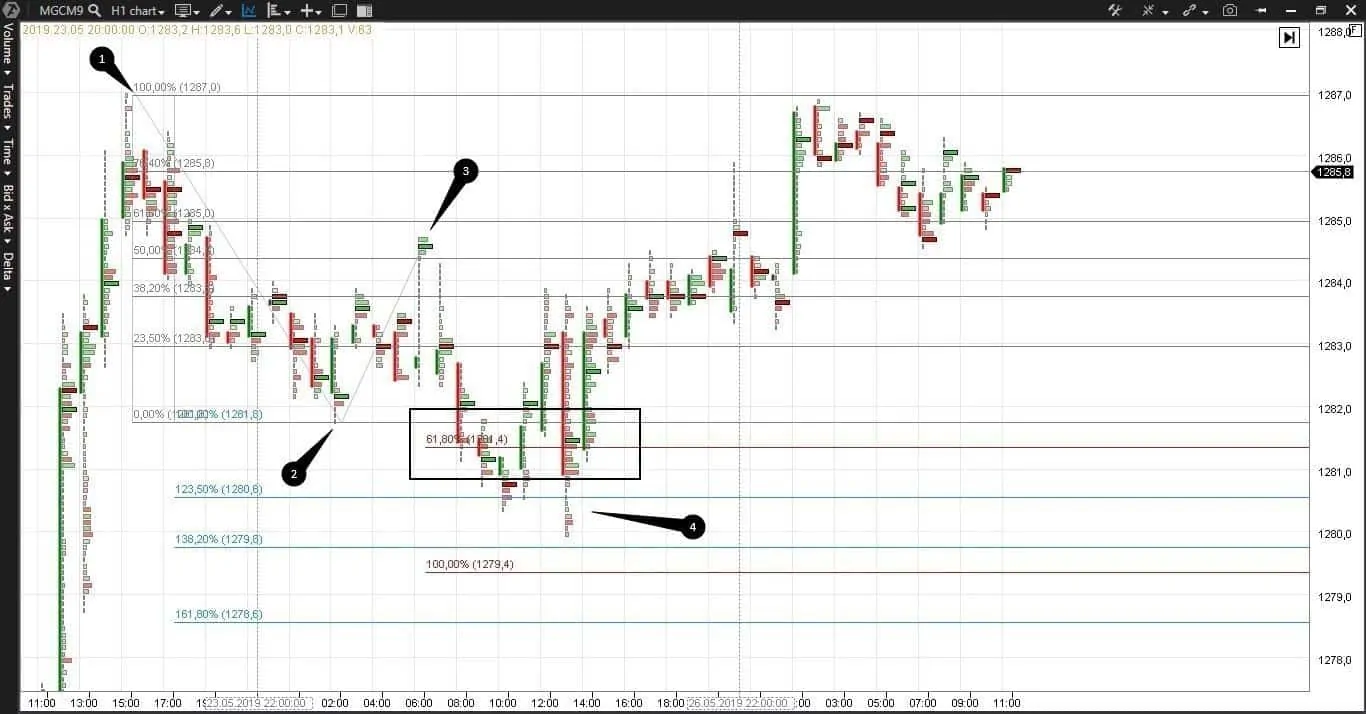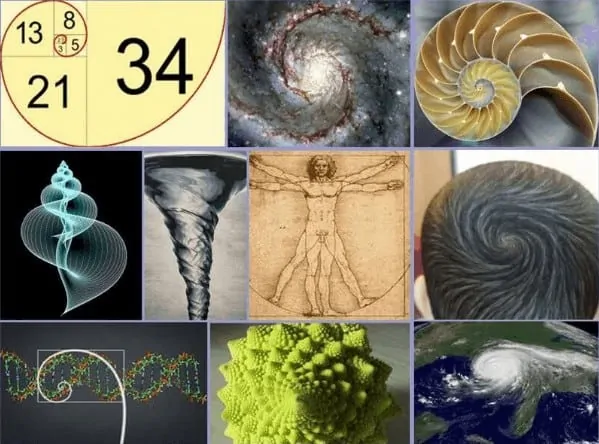The mathematician Leonardo of Pisa lived in the 13th century and was one of the most famous scientist of his time. The Fibonacci name was derived from two words ‘filius Bonacci’ (son of Bonacci), written on the cover of the most famous work of Fibonacci – ‘Book of Calculation’. Sequence of numbers, which we call now Fibonacci numbers, originates from the problem about rabbits. Leonardo tried to solve the problem about how many rabbit pairs would be inside a fenced area in 12 months from the beginning of reproduction, if there is only one pair in the beginning of the process.Starting from the third month rabbits reproduce recurrently, which means that every subsequent number equals the sum of the previous two numbers: 0,1, 1, 2, 3, 5, 8, 13, 21, 34, 55, 89, 144, 233 and so on to infinity. By the way, if you are still wondering how many rabbits would be in 12 months, the answer is 233 pairs.
We have a pair of questions after this historical excursus:
- why Fibonacci studied rabbits;
- how the results of the experiment with rabbits could be used in trading.
In fact, the mathematician Fibonacci was not interested in agriculture and didn’t plan to breed rabbits. He systemized knowledge of ancient Greeks and Indians in his ‘Book of Calculation’, introduced Arabic numbers and multiplication and analyzed various mathematical problems, including the one about rabbits. If we divide any number in the sequence by the previous number, we will get the number, which tends to 1.61803398874… This number is called ‘the golden ratio’, ‘Divine Proportion’ or one of the treasures of geometry. It attracted interest before Fibonacci. It is called by the Greek letter ‘phi’ in algebra.

